According to Dr. Maria Van Kerkhove (WHO Technical Lead on COVID-19), laboratory studies show that XBB.1.16 has an additional mutation that makes this sub-variant more transmissible and more susceptible to symptomatic COVID-19.
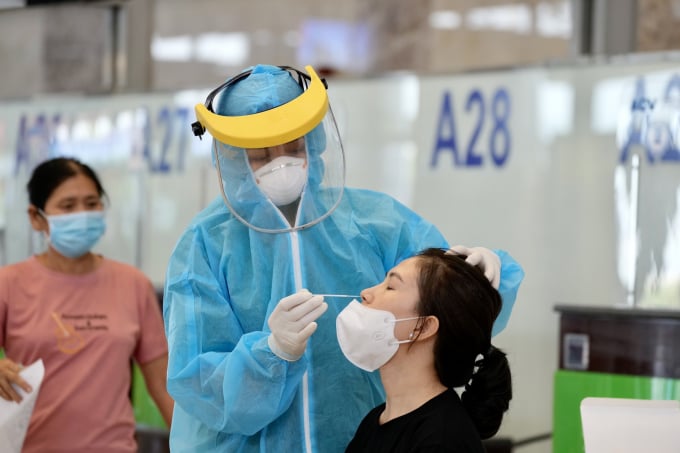
New COVID-19 variant does not make the disease more severe (photo source internet).
The XBB.1.16 variant has been circulating for several months and does not appear to cause more severe COVID-19 symptoms, according to WHO experts. Most XBB.1.16 test samples have been taken from India, where this sub-variant is dominating COVID-19 cases.
Currently, Omicron remains the variant of concern worldwide and hundreds of sub-variants of Omicron continue to circulate. The new variant XBB.1.16, also known as Arcturus, is driving a sudden surge in new COVID-19 cases in India.
India is reporting more than 6,000 COVID-19 cases a day, with the XBB.1.16 sub-variant infecting thousands of people. It now accounts for 10% of COVID-19 cases in India. The XBB.1.16 sub-variant has been detected in several countries so far.
In addition to the rapid increase in new infections, epidemiologists have also noticed new symptoms not seen in previous outbreaks. In particular, this new sub-variant causes COVID-19 infection in children.
In India, hospitals are again seeing cases of COVID-19 in children. According to pediatrician Vipin M Vashishtha (Mangla Hospital and Research Centre in Bijnor, India), some of the most common symptoms of COVID-19 include high fever, cold and non-productive cough.
Many people with COVID-19 have developed conjunctivitis (itchy conjunctiva and eye discharge that causes the eyelids to stick together), a symptom not seen in previous outbreaks.
Experts had previously warned about XBB.1.16 when it was revealed that the new variant had a 140% growth advantage over XBB.1.15, making it more contagious.
According to Dr. Vaishali Solao, senior consultant at Fortis Mulund Hospital (Maharashtra, India), the sub-variant XBB.1.16 contains 2 mutations (including 1 mutation in the protein and 1 other mutation).
According to Dr. Jitendra Choudhary (Consultant - Critical Care and Critical Care Medicine, Fortis Hiranandani Hospital Vashi, Mumbai), similar to the earlier variant XBB.1.15, the sub-variant XBB.1.16 has additional mutations in the protein that make COVID-19 more transmissible. WHO has classified XBB.1.16 as a variant to watch.
Some COVID-19 symptoms you should be aware of include: Fever, cough, sore throat, runny nose, fatigue, muscle aches, diarrhea).
Although the XBB.1.16 variant does not cause severe symptoms, you should be aware that some COVID-19 symptoms when infected with the XBB.1.16 variant are no different from previous COVID-19 variants.
However, some studies suggest that XBB.1.16 may cause more infections and sudden reinfections in people who have immunity from vaccination or previous COVID-19 infection, Dr. Choudhary added.
The XBB.1.16 variant was first detected in Brazil in March 2023.
Source




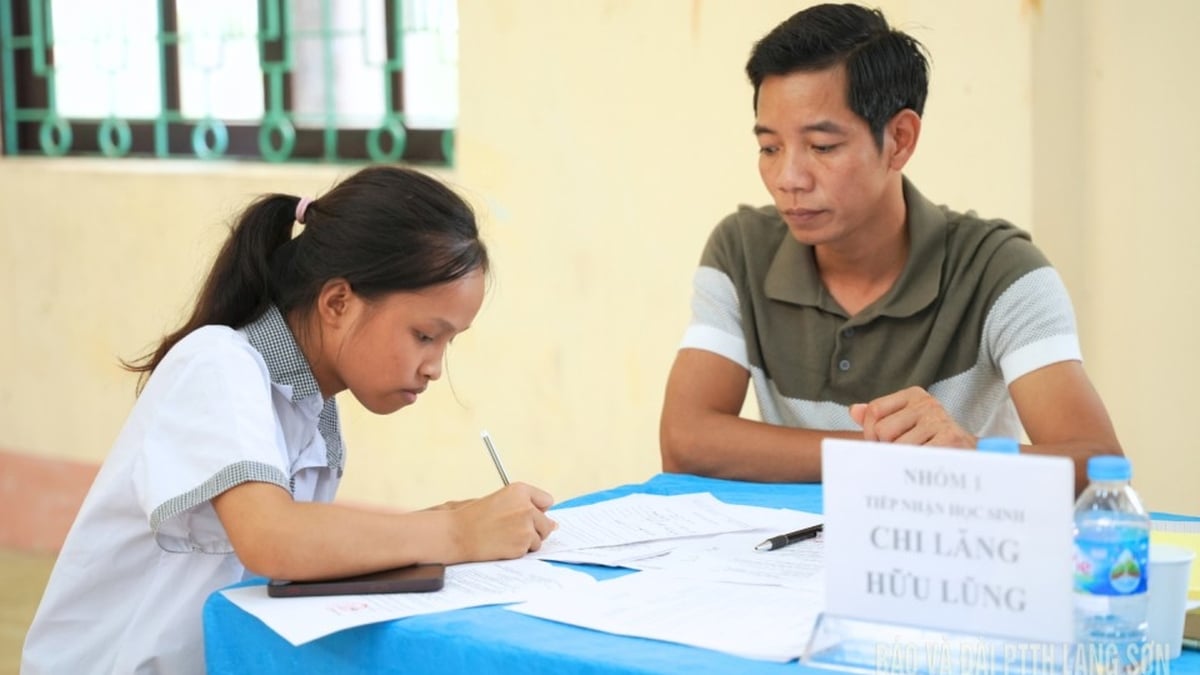

















































































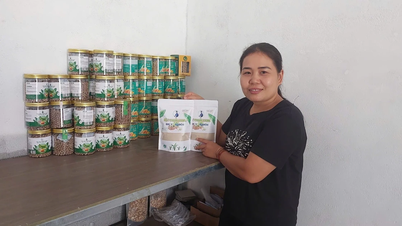

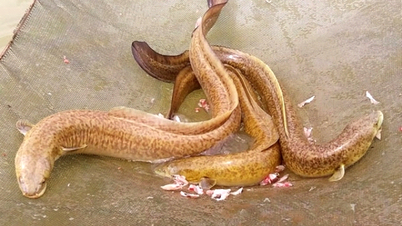










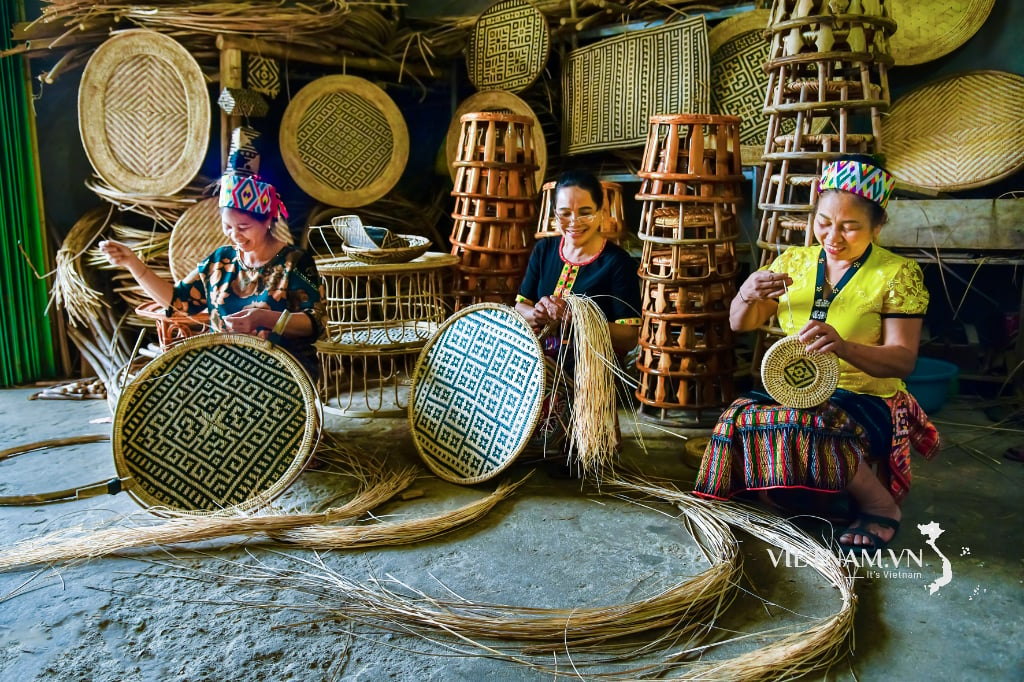

Comment (0)